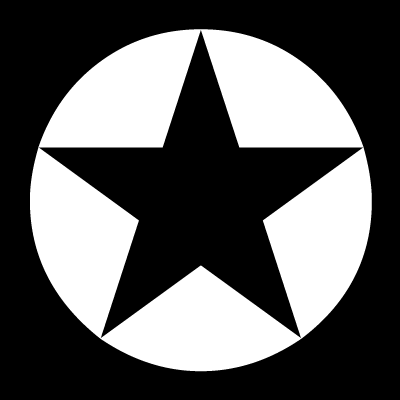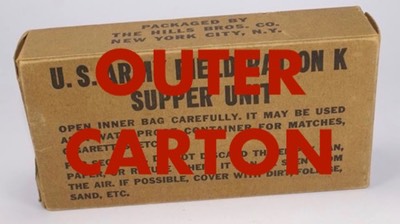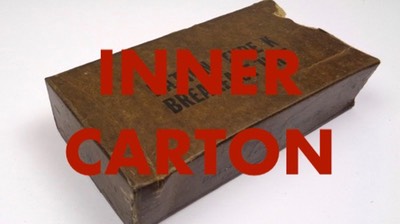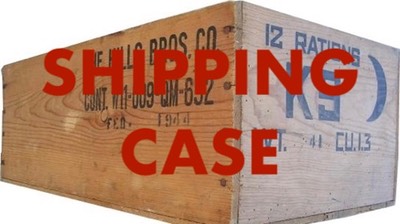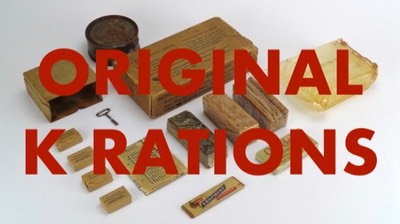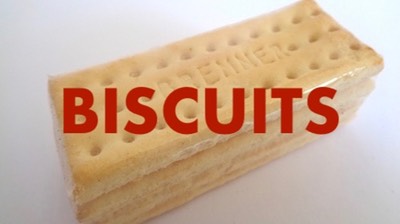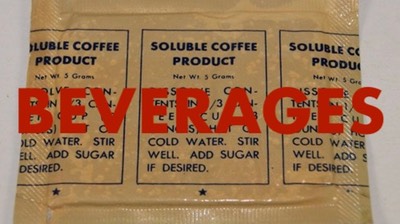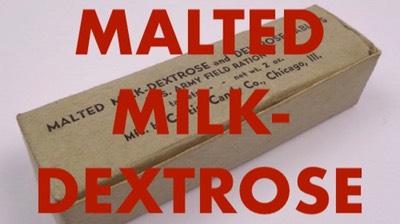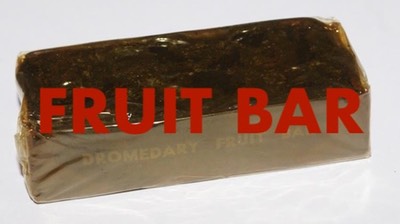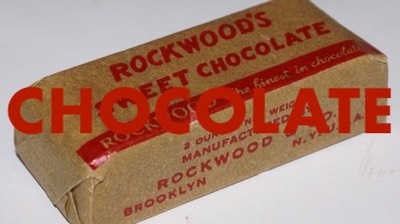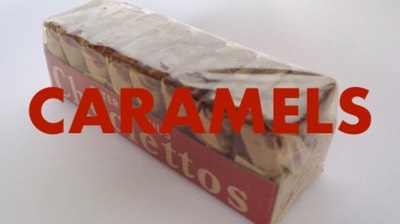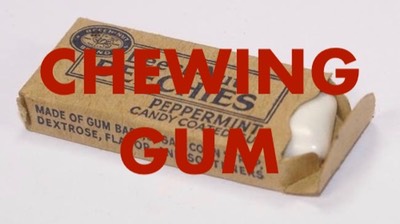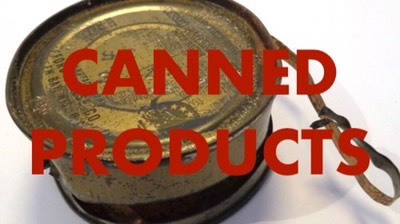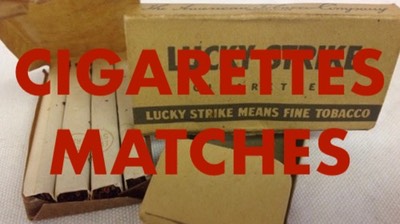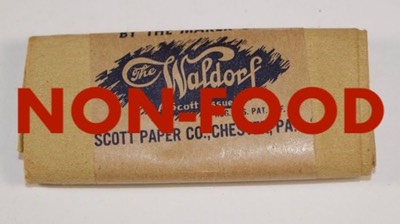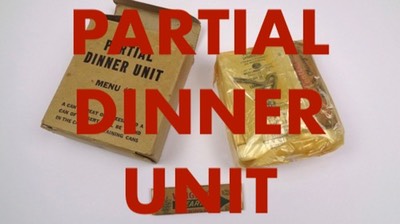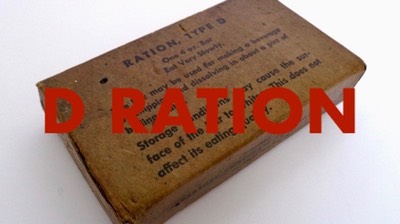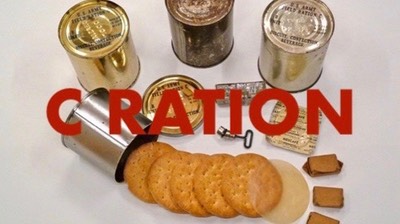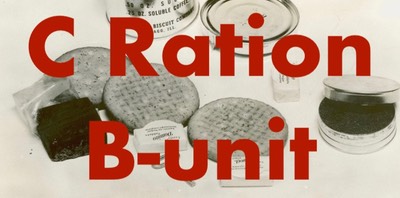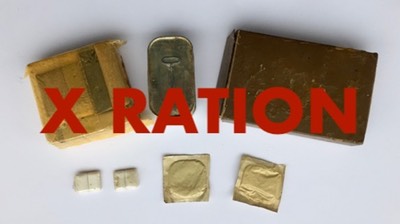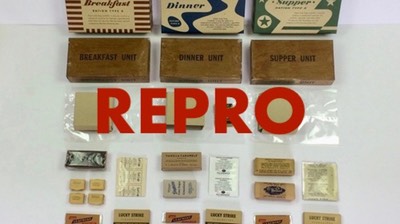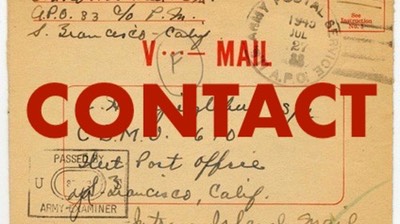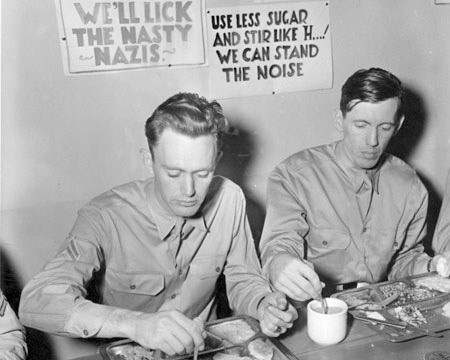
Use less sugar and stir like hell! We can stand the noise.
One way of providing enough calories with the K Ration was adding a lot of sugar. (As mentioned on the introduction page only half the amount of calories from sugar is used by the human body.)
With the experimental K Ration only the Breakfast and Dinner units came with three induvidually wrapped sugar tablets (sometimes called lumps). Soon after, three sugar tablets were included in the Supper unit too.
The inclusion of sugar in the Supper unit illustrates the purpose of providing sugar solely for raising the calorific content of the ration. I guess some GI's found out the hard way that the sugar was not ment to sweeten the bouillon drink. The sugar was actually intended to sweeten the cocoa beverage made from the D-bar when done so.
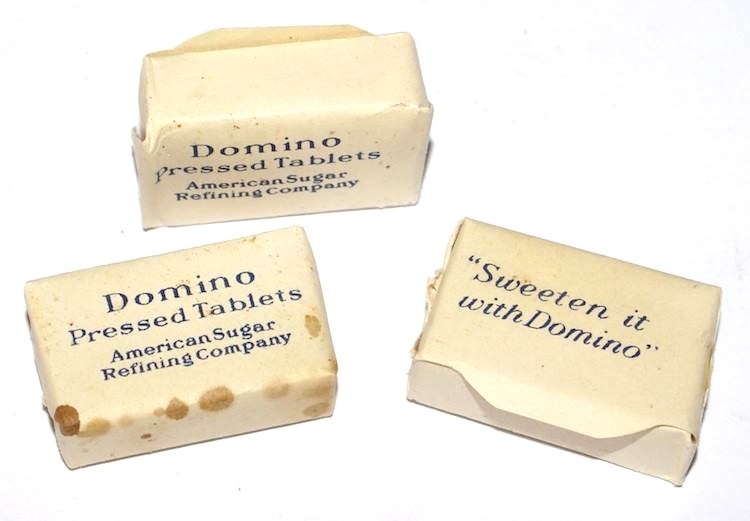
Early Domino sugar tablets with white paper wrappings printed with the company's slogan on the back. (Photo: internet)
The companies contracted for the sugar cubes used their own commercial wrappers for the tablets used with the early K Rations. Sometimes these were bright colored slogans printed on white paper. Soon the printing changed to a less conspicuous color on unbleached paper. Smaller companies used an unbleached wrapping without printing. This change can also being observed with other ration containing sugar tablets.
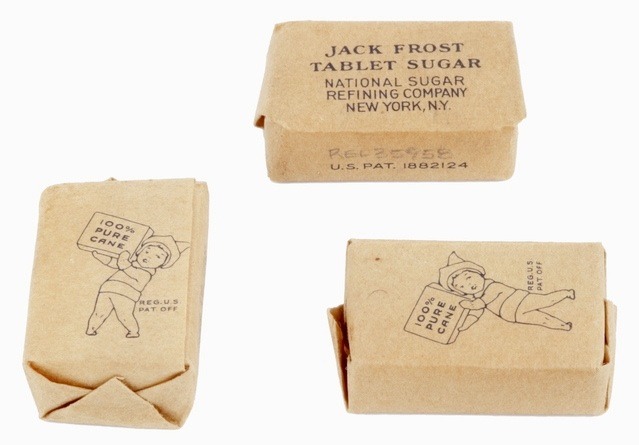
Mid/late war Jack Frost sugar tablets wrapped in unbleached paper. (photo: internet)
One sugar tablet weights approximately 0.2 ounce, with a total of nine tablets the total sugar amounts to 1.8 oz.
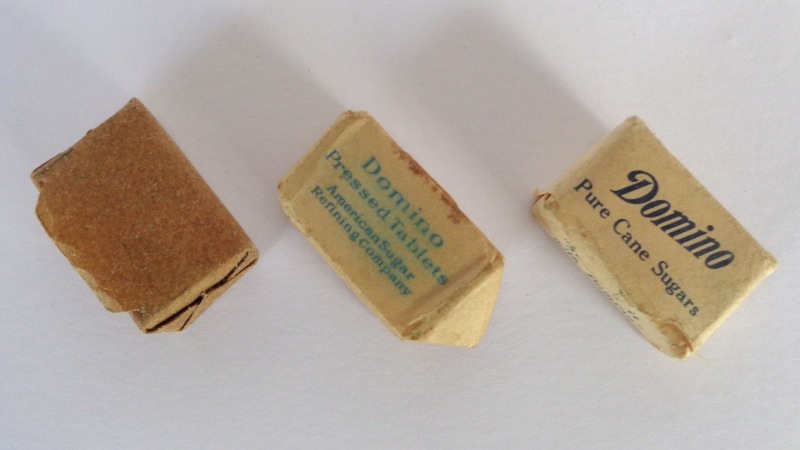
On the left an unbleached paper wrapping, devoided of any printing, and two early Domino sugar tabltes with different designs.
Both Domino tablets have the "Sweeten it with Domino" slogan on the back.
When the suggestion of incuding toilet paper was acted upon in the spring of 1943, the sugar was deleted in the Supper unit to make room for the toilet paper. Again, only the Breakfast and Dinner units now each contained three sugar tablets. Soon after, the number of sugar tablets in the Breakfast and Dinner units were increased to four tablets each, still illustrating the need for providing calories through sugar.
Now both meals provided 0.8 oz. of sugar, totaling 1.6 ounce of raw sugar in the K Ration.
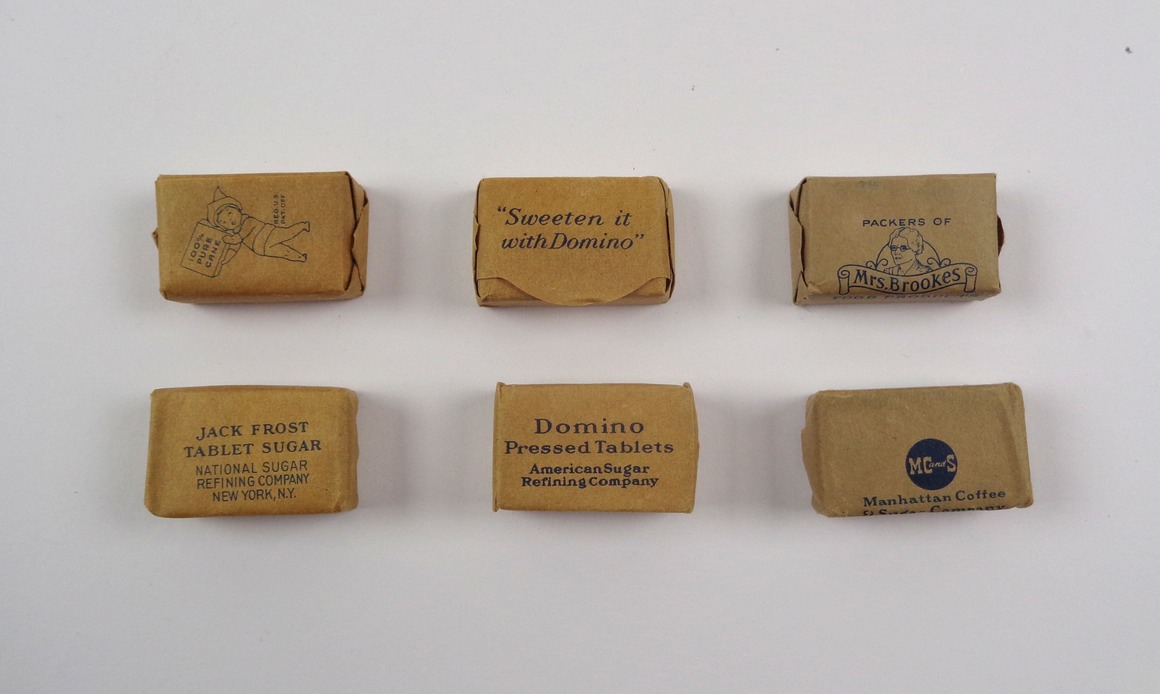
Different brands of sugar tablets were used with the K Ration. Here the fronts (top row) and backs (bottom row) are shown.
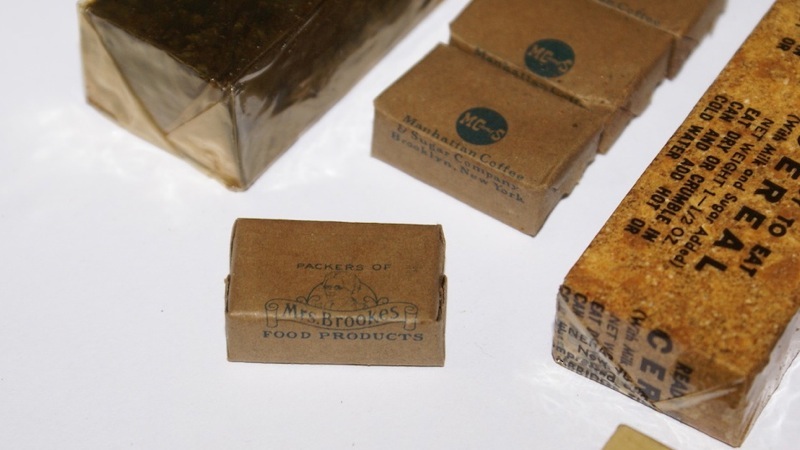
Sugar tablets made by the Manhattan Coffee & Sugar Co. included in a mid 1945 Breakfast unit. (photo: 1944Supply)
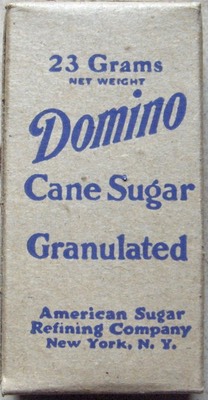
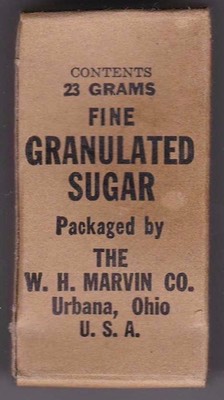
In mid 1943 an alternative packaging of 23 grams of granulated sugar in a sealed carton was allowed to replace the four individually wrapped sugar tablets. This amount of sugar equals to 0.8 ounce of sugar. Specifications approve the use of either the four tablets or the 23-grams carton, depending on what was available to the packing company.
(Both photos: internet)
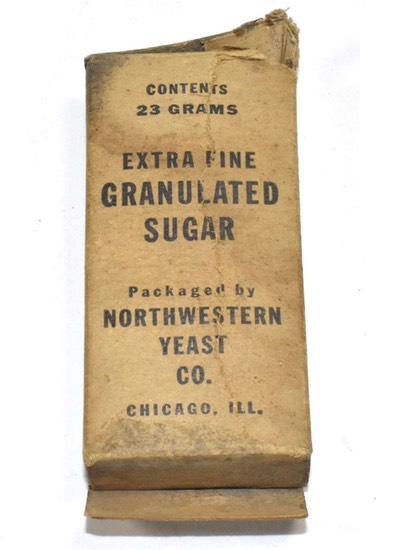
This package replaced the four tablets in the Dinner unit. The reason for this is that granulated sugar dissolves easier in the cold water used to make the fruit drink.
Packages with 1.2 ounce of granulated sugar are from the C Ration and were included in the cans containing the fruit powder drinks.
Left another example of the 23-grams packaging made by Northwestern Yeast Co. (photo: 1944Supply)
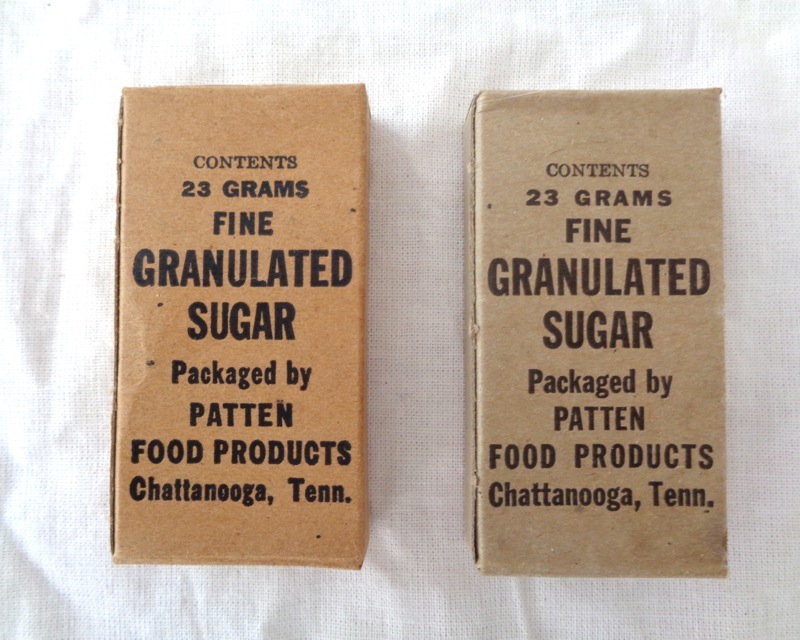
Two cartons containing 23 grams of granulated sugar, both packaged by the Patten Food Products. The box on the left came from an early 1944 Dinner unit and the right one came from an early 1945 Dinner unit. Note the difference in the quality of the cardboard.
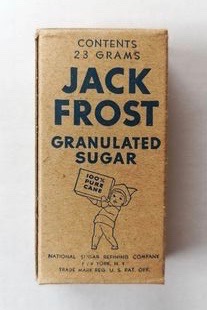
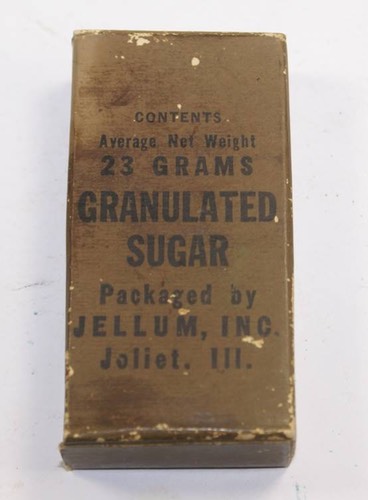
Left: A 23-grams carton produced by Jack Frost from a May 1945 Supper unit. (Photo: courtesy M. Pedryc)
Right: Another example of a 23-grams package. This carton is made from an off white cardboard that has simply been printed with brown ink. (photo: 1944Supply)
In august 1944 a new package for sugar was approved. This was an 1.2 ounce block of compressed granulated sugar measuring 3 by 1 1/4 by 9/16 inch. This block was wrapped in cellophane (or a lightweight cardboard box overwrapped with cellophane) on which the instructions for use are printed. The granulated sugar was compressed into a firm block, yet it would dissolve as easily as loose granulated sugar when dropped in cold water.
This block was included in the Dinner unit to sweeten the fruit powder drink, replacing the 23-grams package.
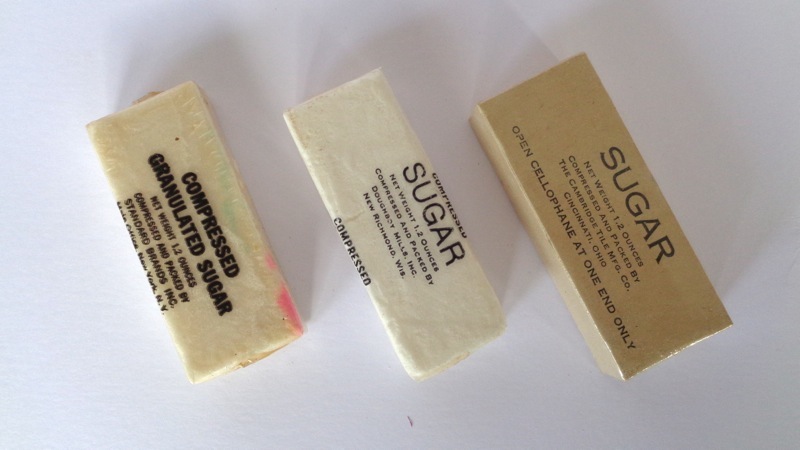
Three packages of the Compressed Granulated Sugar. The first two (left and middle) are only wrapped in cellophane and the third one (right) is packaged in a thin cardboard box, overwrapped with cellophane.
In the fall of 1944, it was decided that an envelope of soluble coffee product was to be included in the Supper unit to suplement the bouillon drink already provided. To sweeten the coffee a 23-grams package was included in the Supper unit.
To make room for the sugar, the toilet paper was moved to the Breakfast unit. (With the smaller cereal bar, room became available in the Breakfast unit.) At the same time an extra envelope of coffee was added to the Breakfast unit, but the amount of sugar (4 tablets) remained unchanged.
The final version of the K Ration contained now four sugar tablets (0.8 oz.) in the Breakfast unit, one block of sugar (1.2 oz.) in the Dinner unit, and one package of 23 grams (0.8 oz.) in the Supper unit. A total of 2.8 ounce of raw sugar was provided with the K Ration! This much sugar is double the amount of sugar of what is considered healthy today.
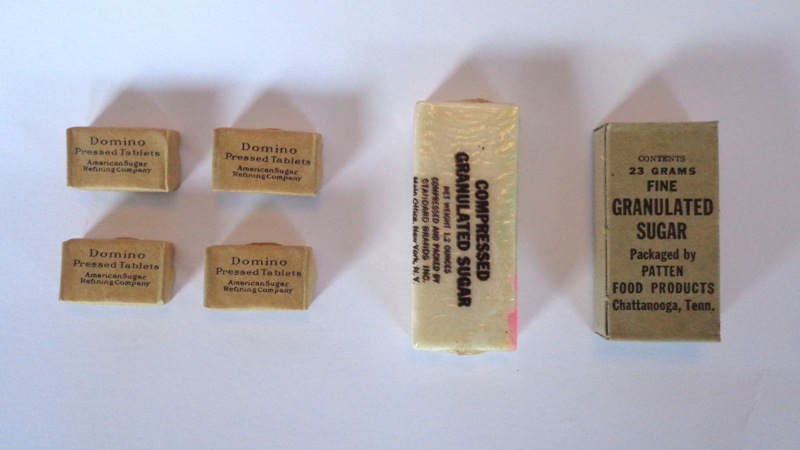
The sugar contents of an early 1945 K Ration set, a total of 2.8 ounce of raw sugar!
